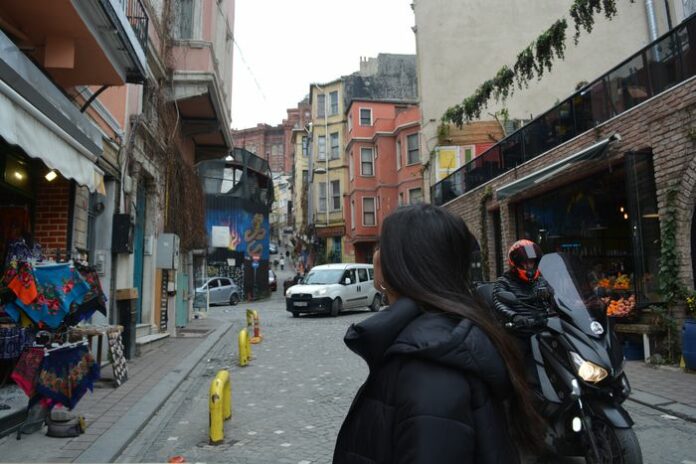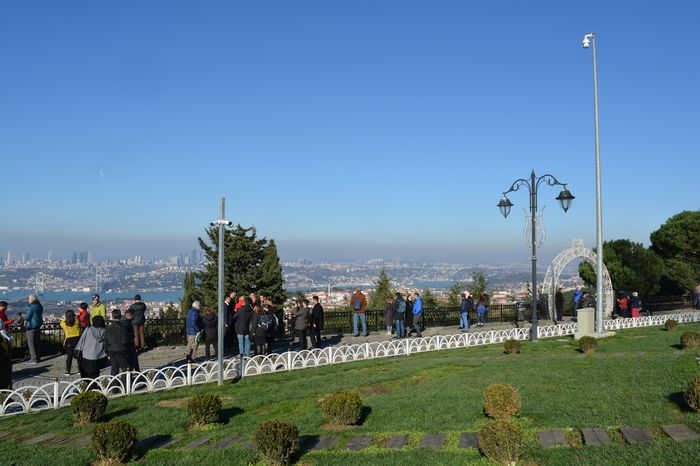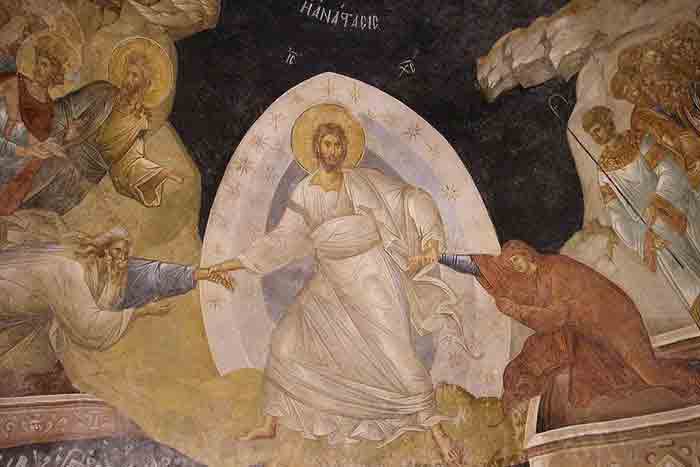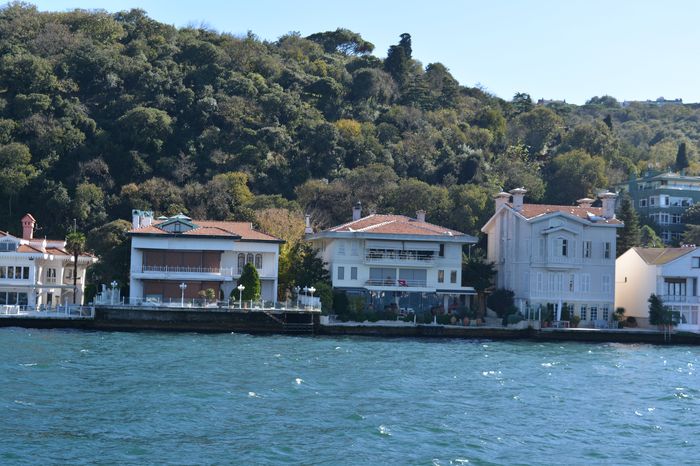Some Bulgarian male intellectuals believed that women and men had the same intellectual abilities, but only a few argued that women should be educated based on their “natural rights” as human beings. One of these thinkers was Lyuben Karavelov, a national revolutionary and writer. He argued that both women and men should receive the same education, aiming for “full physical, moral, and intellectual accomplishments.” Karavelov believed that special training for girls actually harmed their minds and made them less independent. However, he was an exception. Most educators in 19th-century Bulgaria, like their Western counterparts, believed in the “two-sex model.” This model suggested that women and men were different in many ways—physically, mentally, and behaviorally—and therefore should be educated differently to suit their “natural” roles. This belief was reflected in the school curricula at the time The Beginnings of the Bulgarian Women’s Movement.
Teaching as the Only Career for Women Under Ottoman Rule
Under Ottoman rule, teaching was the only intellectual profession open to women. Before Bulgaria’s liberation in 1878, about 400 women worked as teachers. This opportunity led to the development of a new sense of self-awareness among women, as they began to challenge traditional patriarchal values. Some women teachers surprised the public with their unconventional behavior and opinions. For example, Stanka Nikolitsa-Spasso-Elenina refused to follow the custom of taking her father’s name or, after marriage, her husband’s name. Another woman, Nedelia Petkova, was considered “immoral” because she used a Turkish water pipe to smoke tobacco. Despite these challenges, the best-educated women at the time still felt connected to the national community and aligned their intellectual and social goals with the nation’s struggles for independence customized guided tour.
Women’s Associations Before Liberation
The first Bulgarian women’s philanthropic and educational organizations were established in the 1850s. These organizations had democratic structures and accepted members from all backgrounds, regardless of religion, ethnicity, education, or social class. By 1878, there were 61 women’s organizations in total—46 in Bulgaria, seven in Bulgarian emigre colonies abroad, and eight girls’ associations. During this period, women’s organizations were mostly found in cities. The leaders of these groups were educated women from the middle and upper classes, as well as the intelligentsia.







